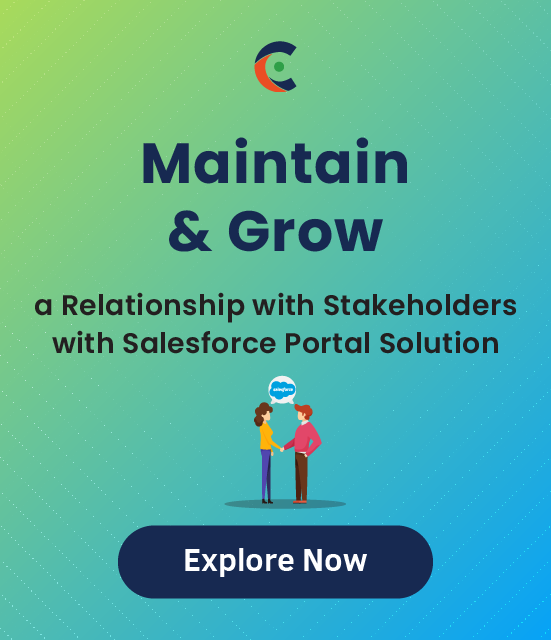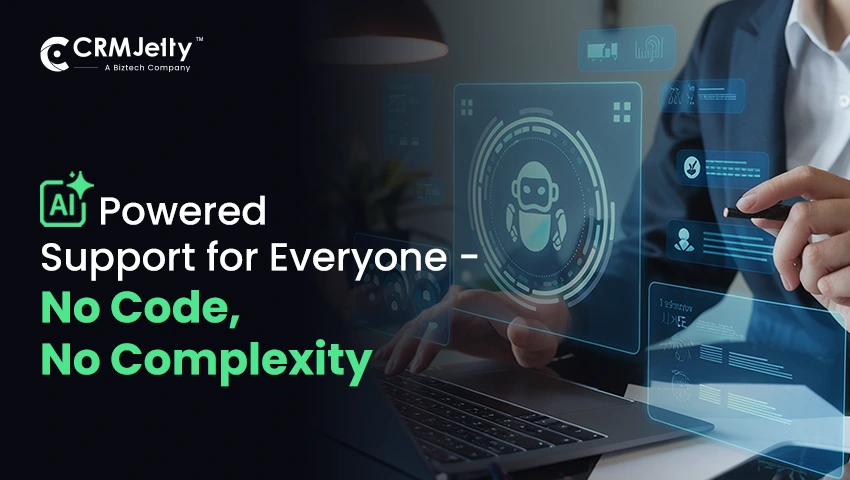We all know how much Salesforce products are used worldwide for its features, resources they provide, ease of implementation, and many more reasons. With every product they release, they go one step further in providing their customers with world-class solutions. And of course, every product is updated keeping in mind easy integration with its CRMs. In Salesforce, Communities are designed to help organizations collaborate better with external users such as customers, partners, and even employees.
Choosing the right Salesforce Community license is important because it can affect access, functionality, user experience, and overall cost. Picking the wrong license can lead to limited features, much higher expenses, and also to unnecessary restrictions. Let’s also break down different Salesforce Community licenses and compare how they work. Well will also analyze price variations and discuss the common use cases.
This will make it easier for you to decide which license best suits your requirements before you invest in one.
What is Salesforce Community?
In 2013, Salesforce introduced Community cloud with an aim to create a platform for customers, partners, and employees. It provides companies to work effectively, understand their customers’ requirements, and fulfill it. In simple terms, you can also say that the Salesforce community is the advanced version of portals. With the help of communities, your users can work collaboratively. It is built on the Salesforce platform and easily integrates with CRM.
Communities are developed such that they can be perfect choices for your partners, customers, vendors, employees, or anyone else. They also allow external users to access and interact with CRM data in a secure and customizable environment. Additionally, the communities help businesses manage cases, service requests, and deliver more personalized experiences to different user groups. They can easily scale for any business size while maintaining security and performance.
You can see each of them in brief and understand the differences between portals and communities in our previous blog post here.
Types of Salesforce Community Licenses
Salesforce provides several community licenses to accommodate different external user needs. Here’s a simplified table to help you understand.
| License Type | Who is it ideal for? | Key Features | Pricing Model |
|---|---|---|---|
| Customer Community | High-volume customers | Case management, knowledge base access | $2/login or $5/member per month |
| Customer Community Plus | Advanced customer interactions | Reports, dashboards, advanced sharing | $6/login or $15/member per month |
| Partner Community | Sales partners/resellers | Full CRM access, opportunities, leads | Per login/per member |
| External Apps | Vendors, contractors, franchisees | Access to custom apps and objects | Per login |
| External Identity | Portal visitors or subscribers | Single sign-on, identity management | Per login |
| Channel Account | Large partner organizations | Role hierarchy, account management | Per login |
*Note: Salesforce licenses are available as either member-based or login-based, depending on usage patterns.
Customer Community vs Customer Community Plus
Now that we’ve seen the different types of Salesforce Community licenses, let’s take a closer look at two of the most widely used options. These licenses are popular because they are designed for high-volume external users, especially in B2C models where customers need self-service access, case support, or knowledge articles. They offer different levels of functionality based on how much engagement, reporting, or data access a business wants to provide.
| Feature | Customer Community | Customer Community Plus |
|---|---|---|
| Access | Basic external user | Advanced external user |
| Case Management | ✅ | ✅ |
| Knowledge Base Access | ✅ | ✅ |
| Reports & Dashboards | ❌ | ✅ |
| Custom Objects | Limited | Additional |
| Use Case | Basic B2C self-service | High-interaction B2C portals, reporting |
The Customer Community license is designed for basic external user access, providing essential features like case management, knowledge base access, and limited custom objects. It’s ideal for businesses needing a simple portal for customer interactions.
In contrast, the Customer Community Plus license offers advanced capabilities, including access to reports, dashboards, and additional custom objects. This license is better suited for organizations that require more robust interaction, such as partner management or situations where external users need deeper engagement with the platform.
But, that brings us to an important question, “What is the difference between member-based and login-based licenses?”
A member-based license gives every single external user their own dedicated account. Every user can log in as many times as they need throughout the day (with no restrictions at all!)This model works well for people who use the community frequently, such as partners, active customers, or support teams who access it several times a day.
A login-based license works differently. Here, you only pay for the number of logins you want to allocate instead of paying for every individual user. Every login is counted as one session. In short, the same user can reuse that session multiple times within the same day. This option becomes even more cost-efficient when you have a large number of users who log in only occasionally. Moreover, it is beneficial for event participants or seasonal users. It also includes customers who occasionally access the community!
Depending on how frequently users log in and how you wish to control costs, you can choose between these options. Users who need regular access are better matched with a member-based plan. Users who log in occasionally are usually more economical under the login-based model.
Well, that’s a lot of information about the Salesforce license. Now, comes the main question. Which license should you purchase?
All types of licenses serve different purposes. Decide on the basis of your company’s requirements and see to it that it fulfills the requirements.
If you are still establishing yourself in the market and thinking of going with a portal then Salesforce customer portal is where you should get started.
Getting Started with CRMJetty Salesforce Portal
Setting up your Salesforce Community Portal with CRMJetty is easy and follows a simple step-by-step process.
- Purchase License
Start by selecting the portal solution that best suits the needs of your business, then use the license key to activate it.
- Install Portal Package
Add the CRMJetty portal package to your Salesforce environment. This installs all the required components and configurations.
- Configure Authentication
Set up a Salesforce Connected App using OAuth 2.0 to create a secure bridge between the portal and your Salesforce data.
- Customize Layouts
Decide which fields, objects, and data views should be visible to different user types. You can also customize the interface completely to match your business’s workflow.
- Define Roles and Permissions
Assign users role-based access so they can only view the information that is relevant to them. This will help maintain portal’s security and cleanliness.
- Launch Portal
Once everything is configured, publish the portal and invite your users. You’re now ready to start delivering a smooth, self-service experience.
Benefits of Using CRMJetty Salesforce Portal
Using the CRMJetty portal adds multiple advantages to your Salesforce ecosystem, both for your users and your internal teams.
- Seamless Integration: The portal connects directly with Salesforce CRM, allowing data to sync in real time without manual updates.
- Enhanced User Experience: It offers a secure, customizable, and user-friendly interface that makes navigation easier for customers, partners, and internal users.
- Cost-Efficient Licensing: You can choose the most suitable Salesforce license model based on how often your users access the portal, helping you avoid unnecessary cost.
- Data Security: Role-based access control and data encryption ensure sensitive information stays protected at every level.
- Operational Efficiency: Automated workflows reduce repetitive work for admins and support teams, improving response time and productivity.
Frequently Asked Questions
- How does CRMJetty ensure smooth integration with Salesforce CRM?
CRMJetty seamlessly connects to Salesforce through OAuth 2.0, which keeps the data exchange secure. The portal works with both standard and custom Salesforce objects, so users always see real-time information without any manual syncing. - Which Salesforce Community License is best for partners?
The Partner Community License is usually the best fit. It gives partners the ability to work with leads, opportunities, and other CRM data they need for sales and collaboration. - Can Customer Community licenses be upgraded to Customer Community Plus?
Yes, it can. Upgrading doesn’t require creating new accounts. Users can simply get additional access, including reports, dashboards, and more advanced sharing options. - How do login-based licenses work?
A login-based license is billed per login instead of per user. One login counts as a single session, and the same user can use that session more than once in a day. This works best when users only need occasional access.
Final Thoughts
At the end of the day, the best Salesforce Community license is the one that matches how your users actually work. A seamless self-service space is all that some businesses want, while others need to scale, or wish for advanced reporting. You can make the best license decision only when you know who your users are, how often they log in, and what kind of access they need.
CRMJetty is here if you want to set up a secure, scalable, and Salesforce-connected portal without the complexities. Explore your use case pick the model that fits, and launch a portal in no time!
Get ahead of support tickets, emails, and user confusion—before it grows.
All product and company names are trademarks™, registered® or copyright© trademarks of their respective holders. Use of them does not imply any affiliation with or endorsement by them.







